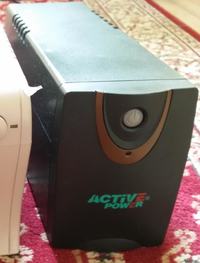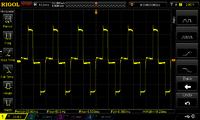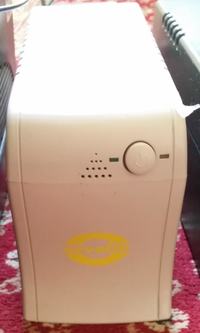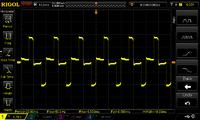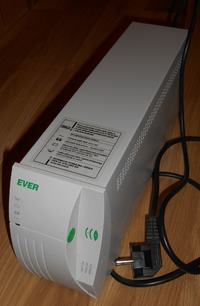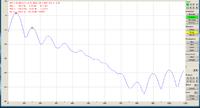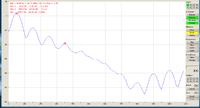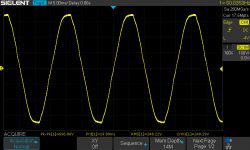Hello,
I have known for a long time that cheap ups produce a waveform called a modified sine wave, which looks like this:
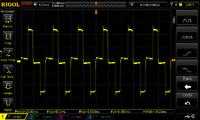
a follows the normal course:

And I have always heard that such a waveform is harmful for some connected devices, hence my question, is this a modified sine wave also a problem for such a switching power supply in a computer, where the current undergoes many modifications of its waveform? If this is not good for this power supply, then exactly what is "destroying" the power supply, which component gets into the bone, getting an angular sine wave instead of the usual one?
There have been several discussions on the electrode, even more than a few, but I have the impression that what a person is an opinion and no one gives specific examples of the harmfulness of such a course.
ps: the only harmfulness that i understand quite well is when it comes to the work of all kinds of ac motors.
I have known for a long time that cheap ups produce a waveform called a modified sine wave, which looks like this:

a follows the normal course:

And I have always heard that such a waveform is harmful for some connected devices, hence my question, is this a modified sine wave also a problem for such a switching power supply in a computer, where the current undergoes many modifications of its waveform? If this is not good for this power supply, then exactly what is "destroying" the power supply, which component gets into the bone, getting an angular sine wave instead of the usual one?
There have been several discussions on the electrode, even more than a few, but I have the impression that what a person is an opinion and no one gives specific examples of the harmfulness of such a course.
ps: the only harmfulness that i understand quite well is when it comes to the work of all kinds of ac motors.




